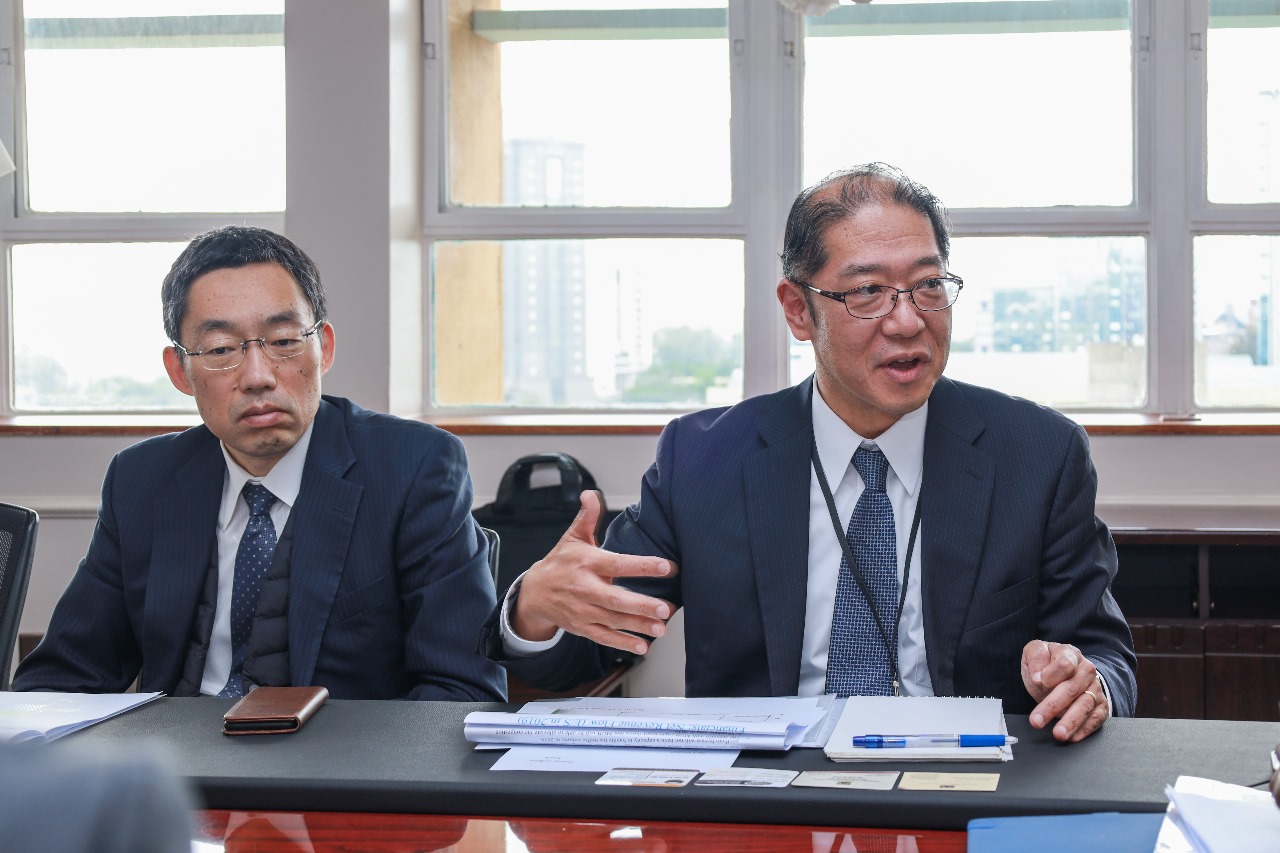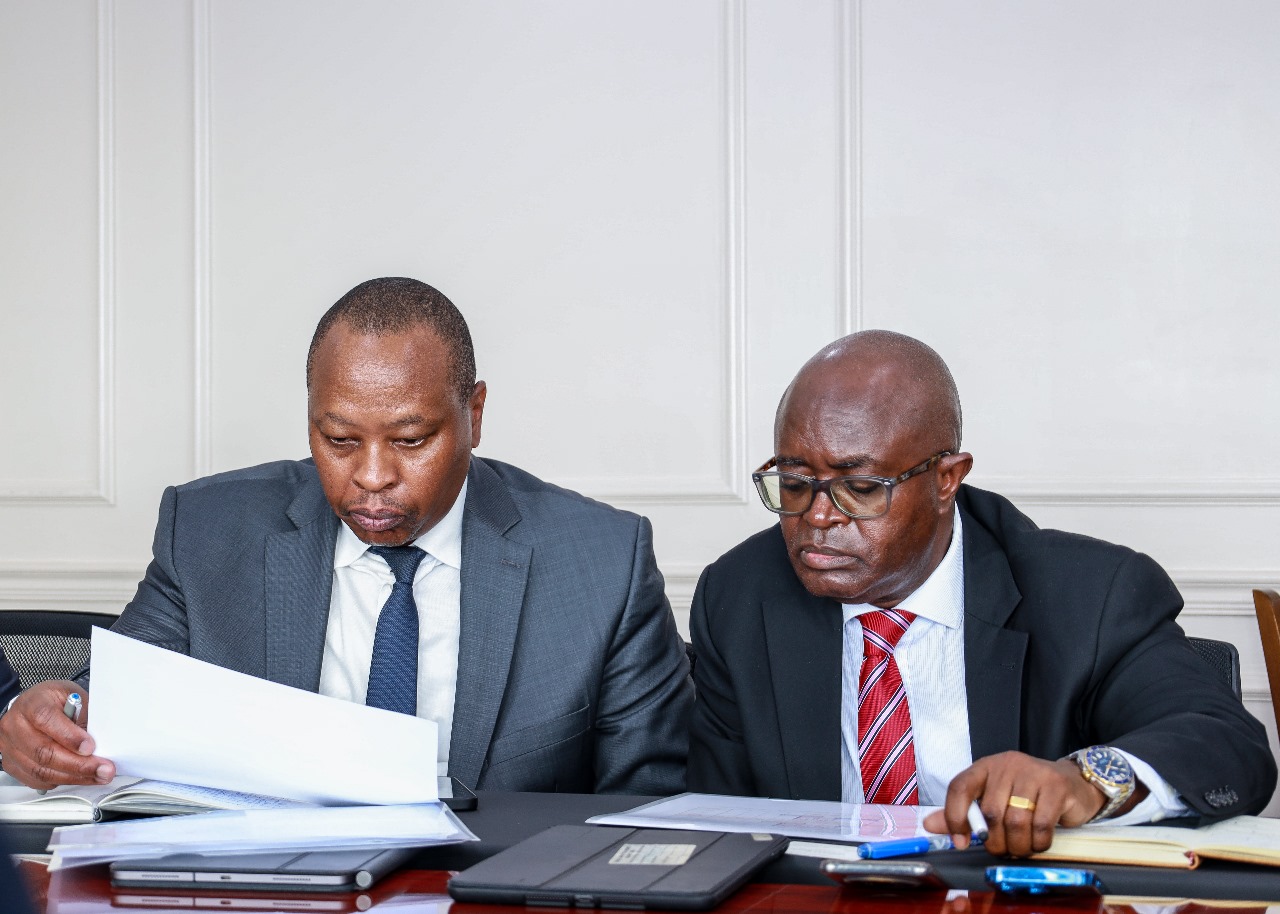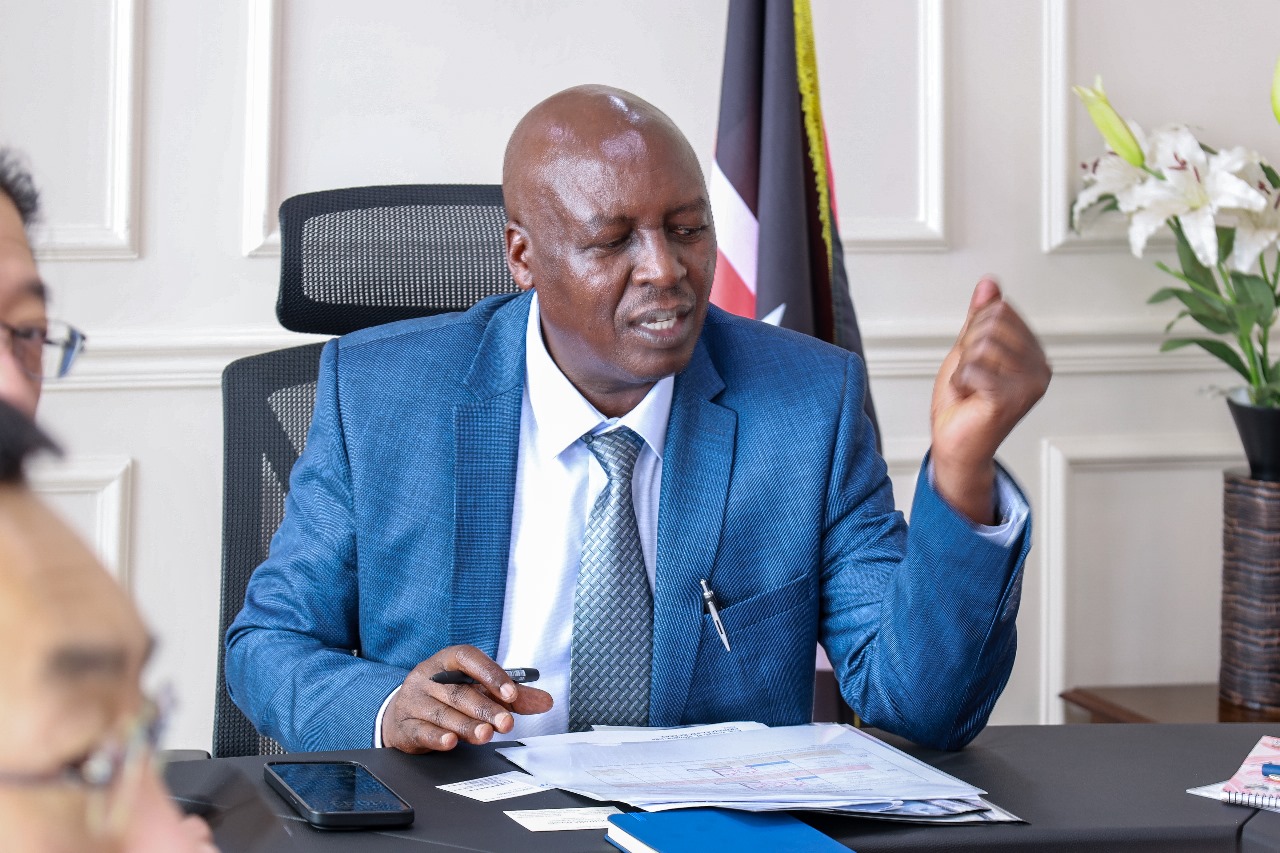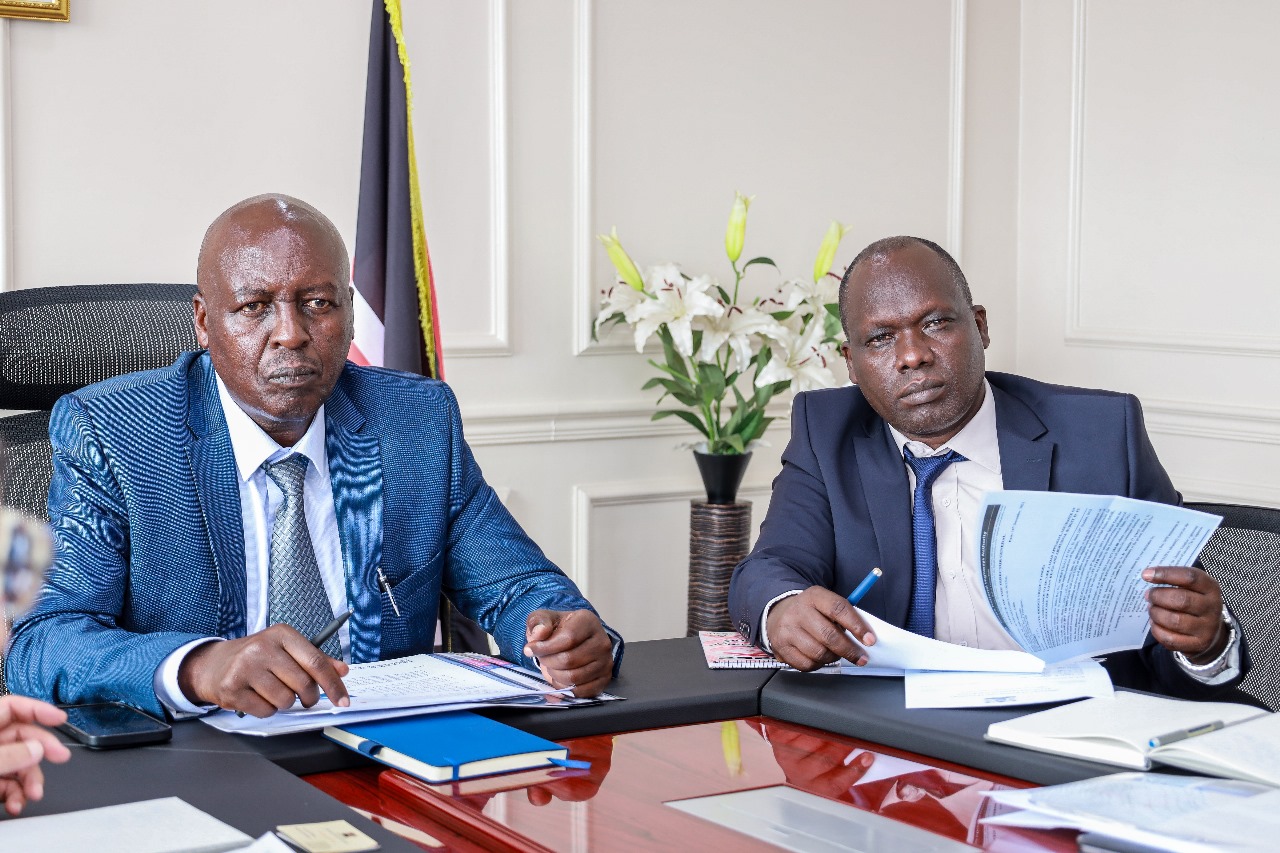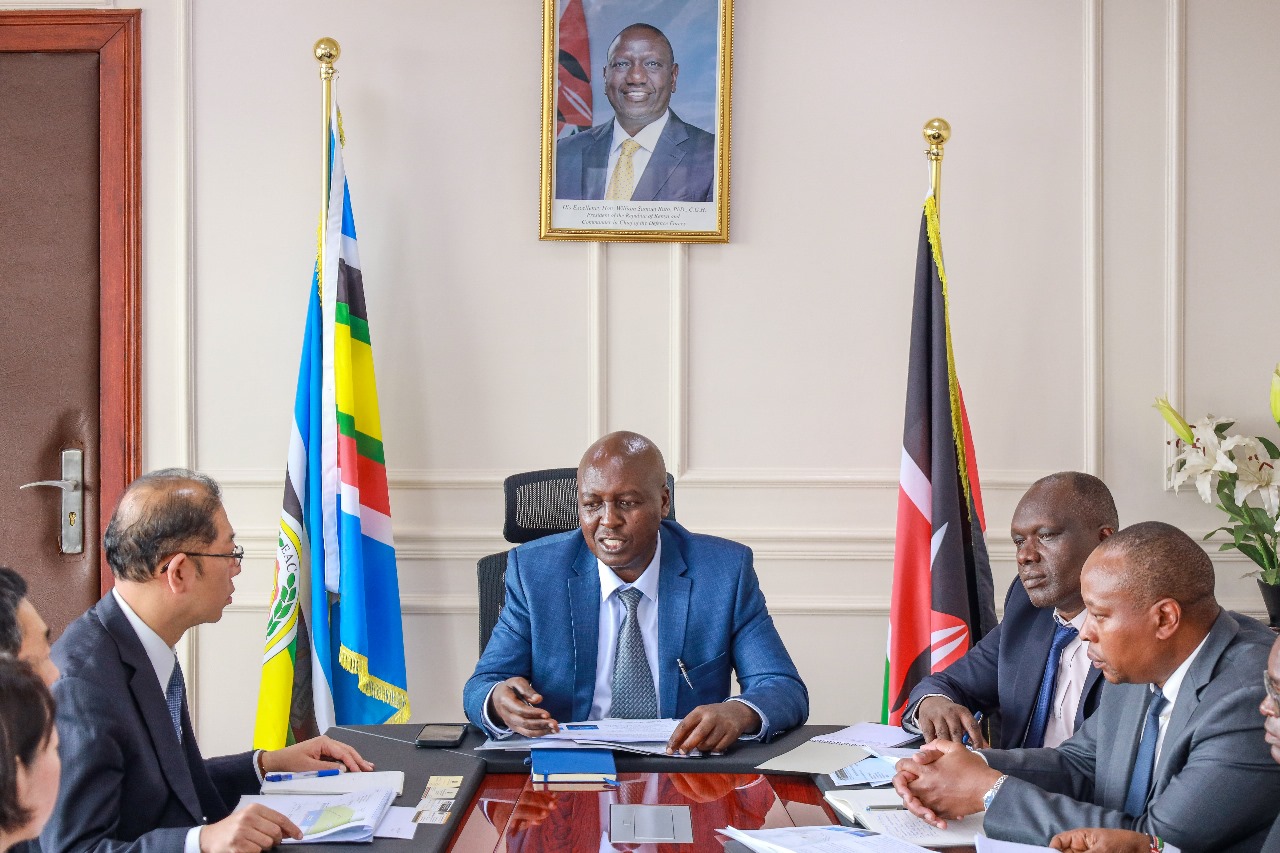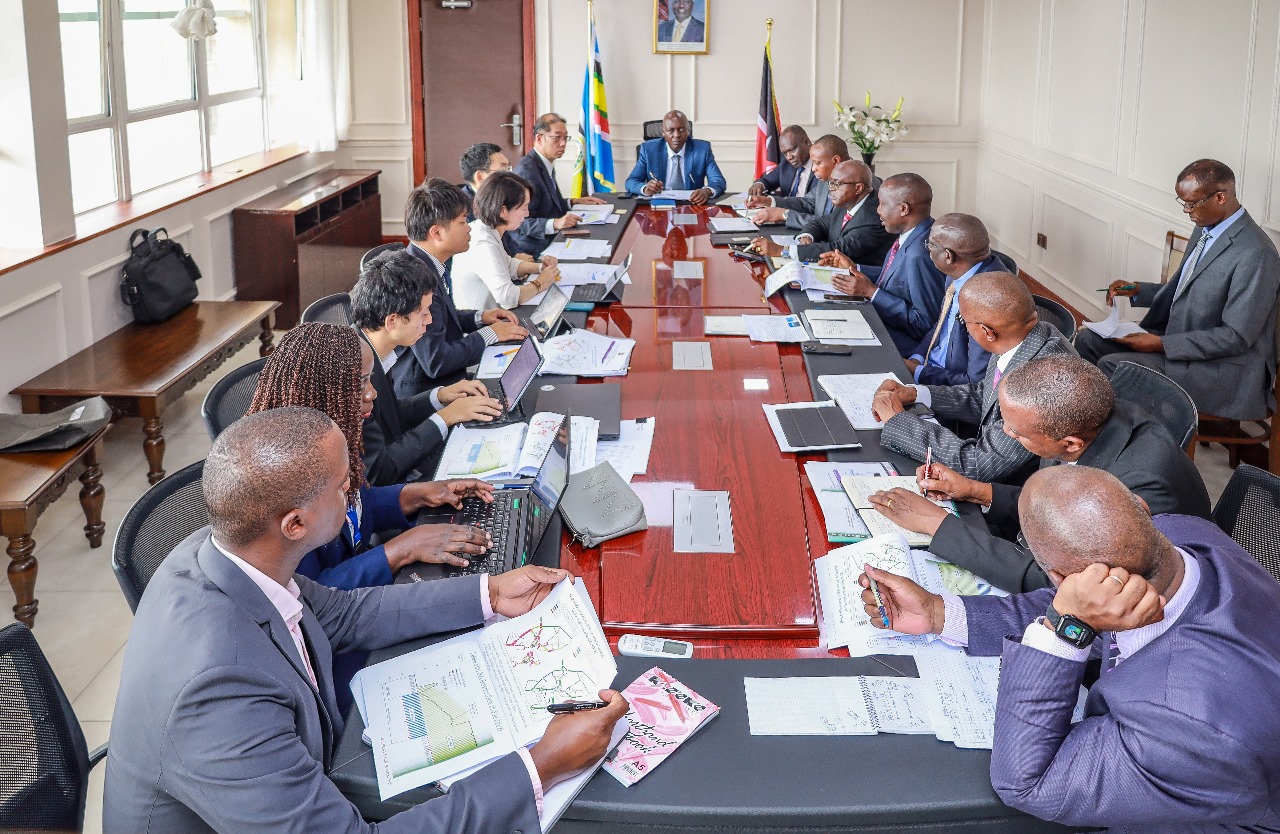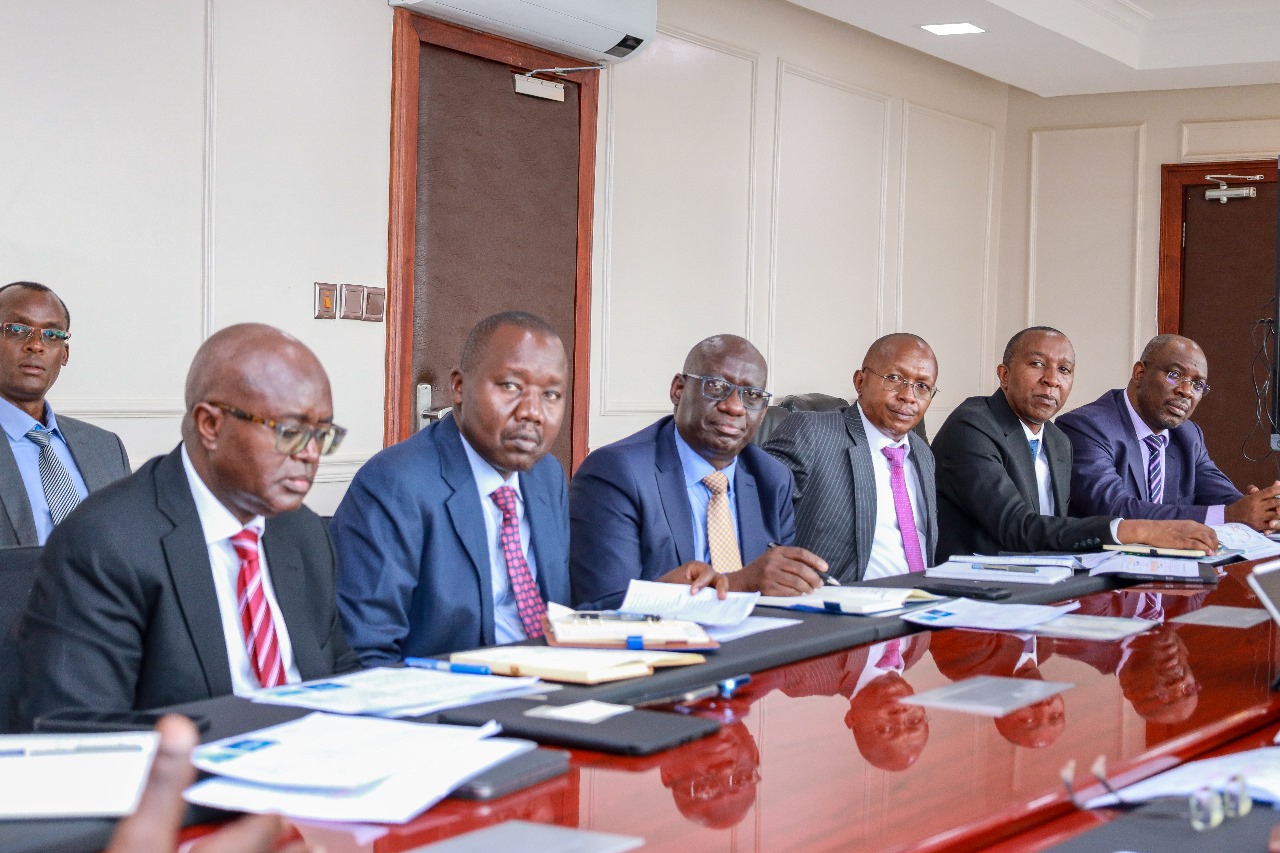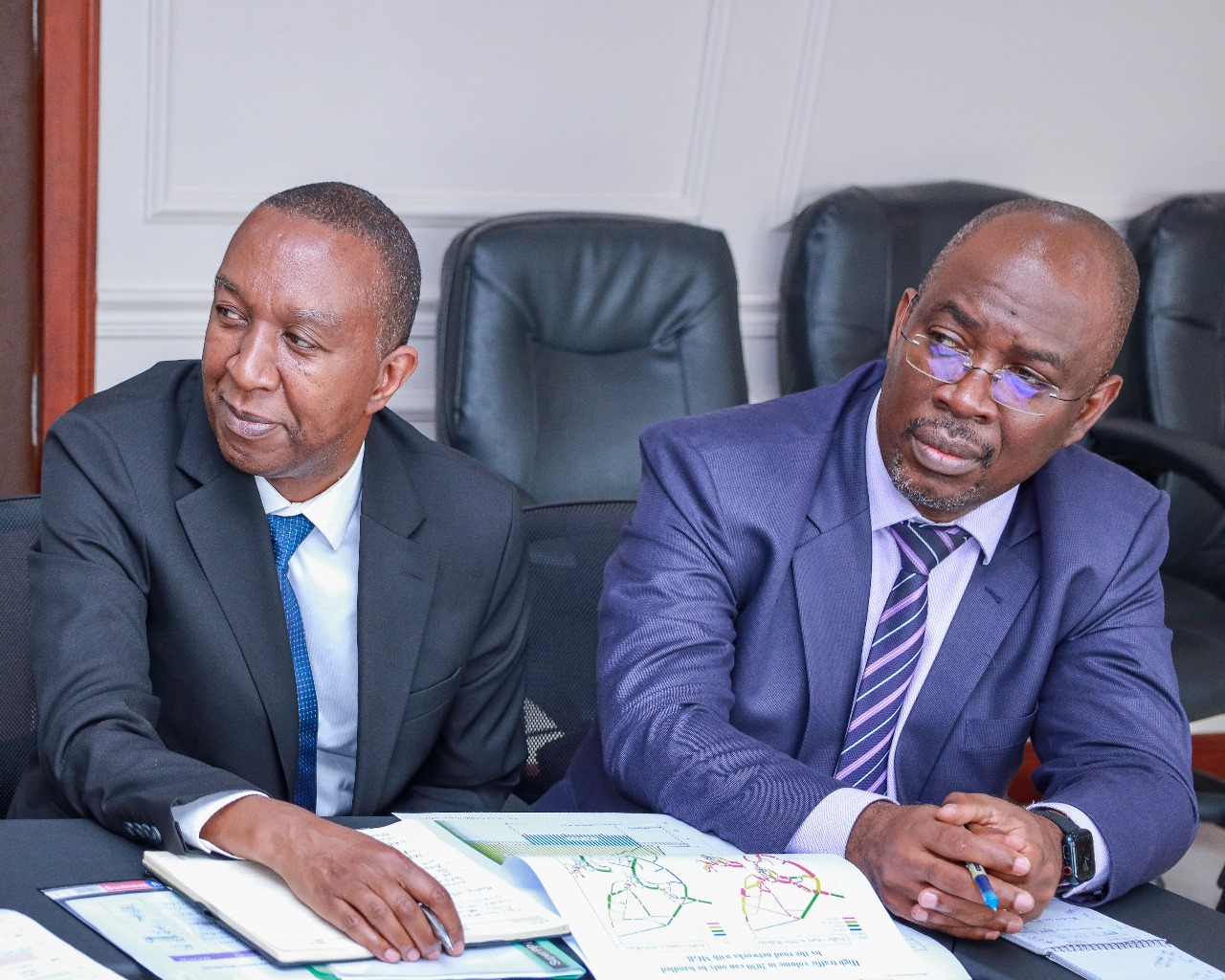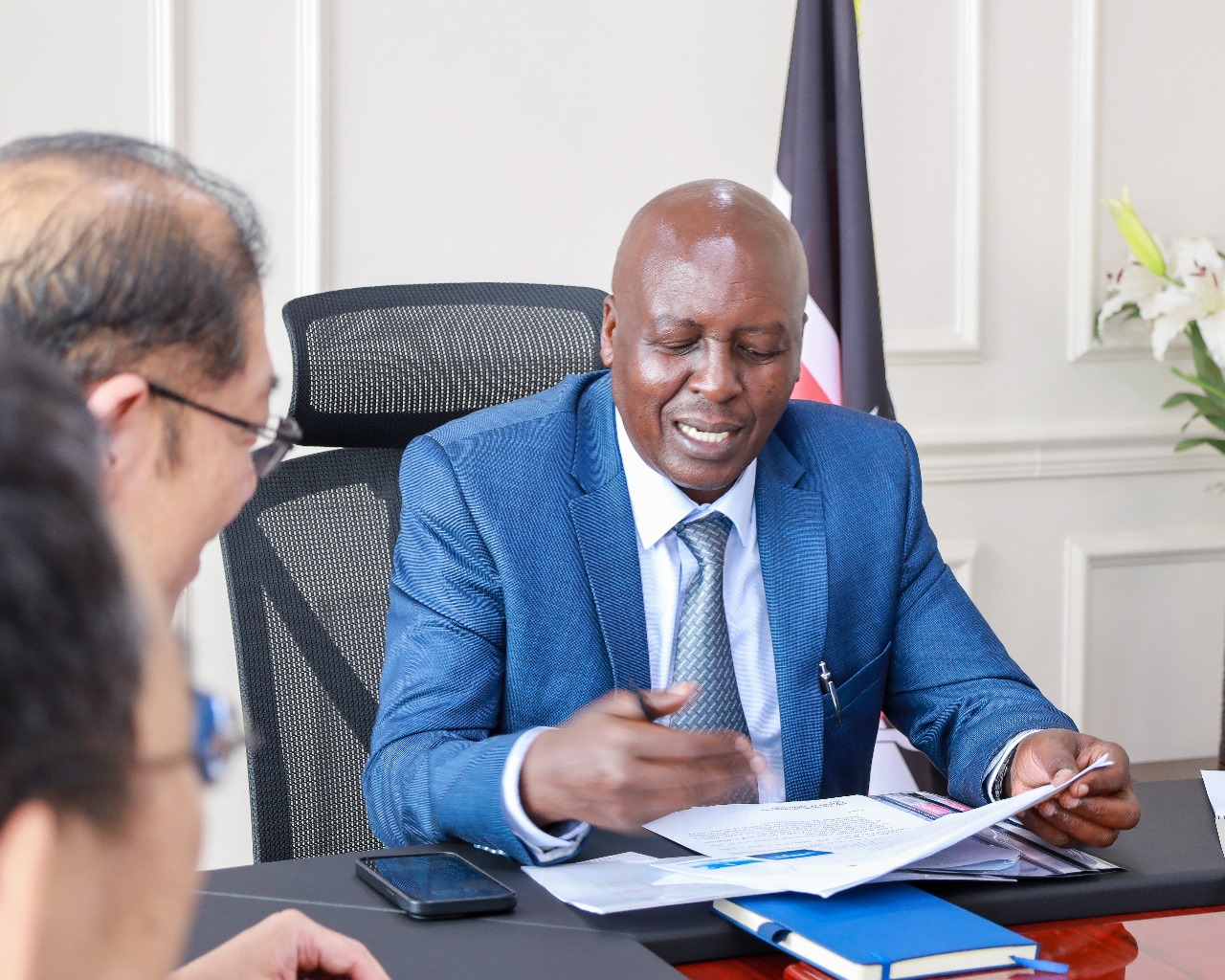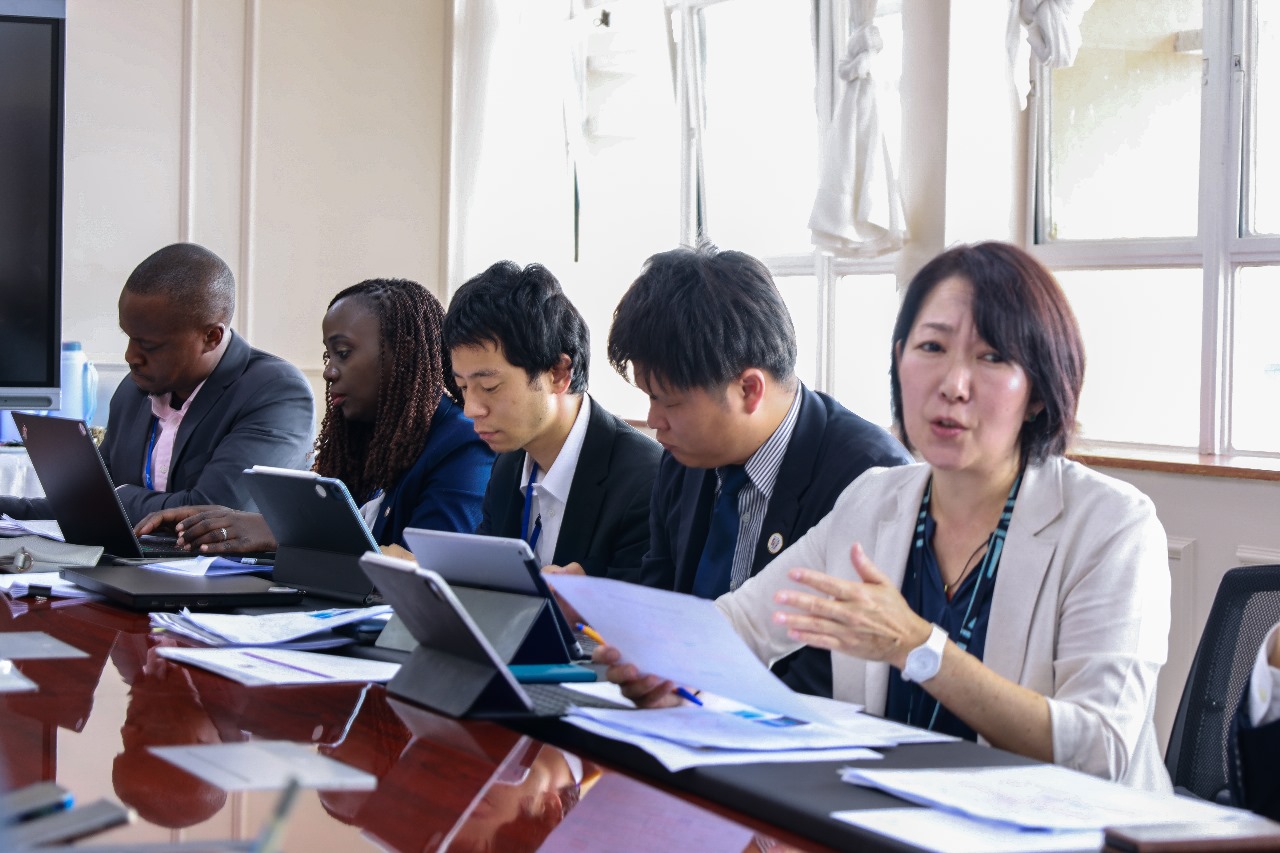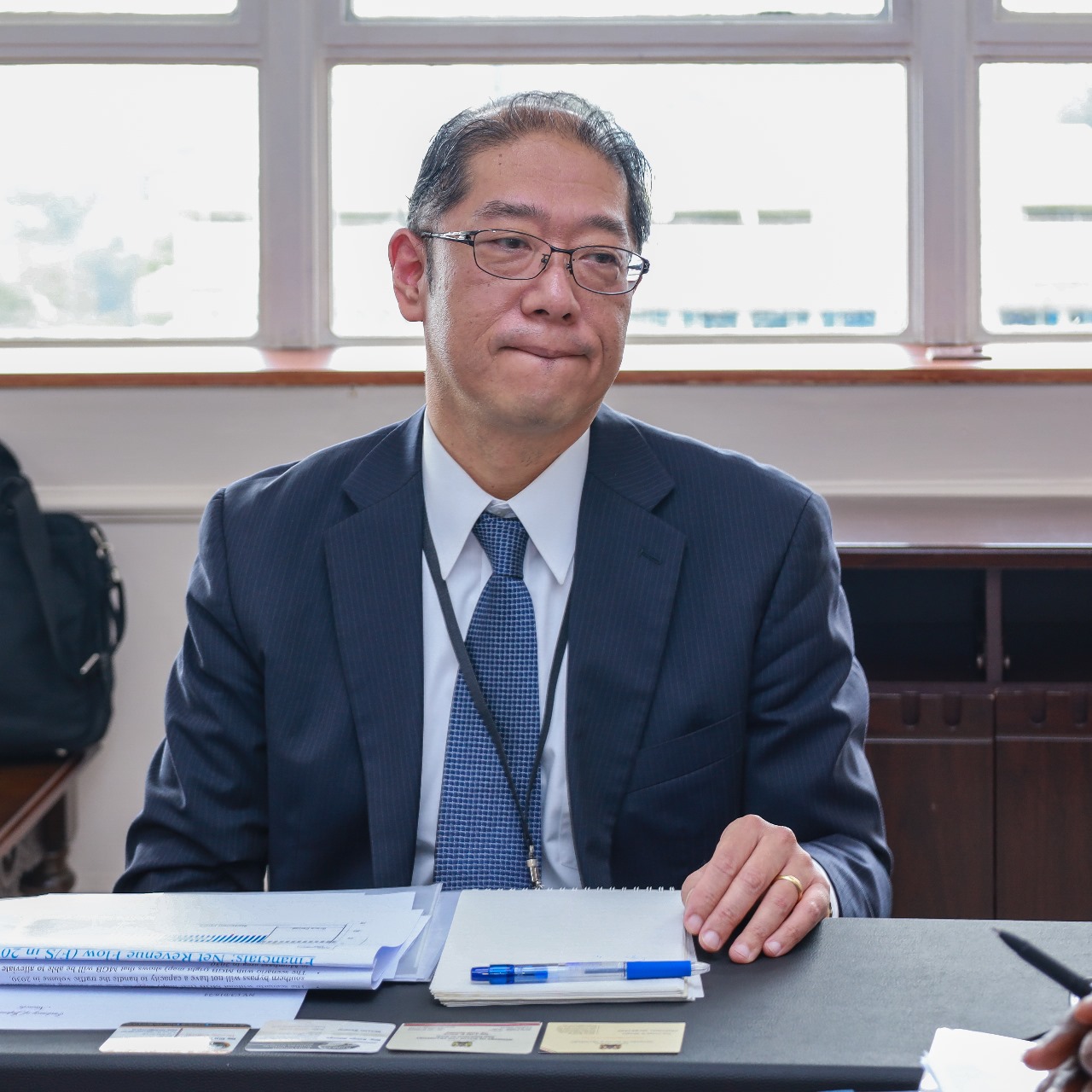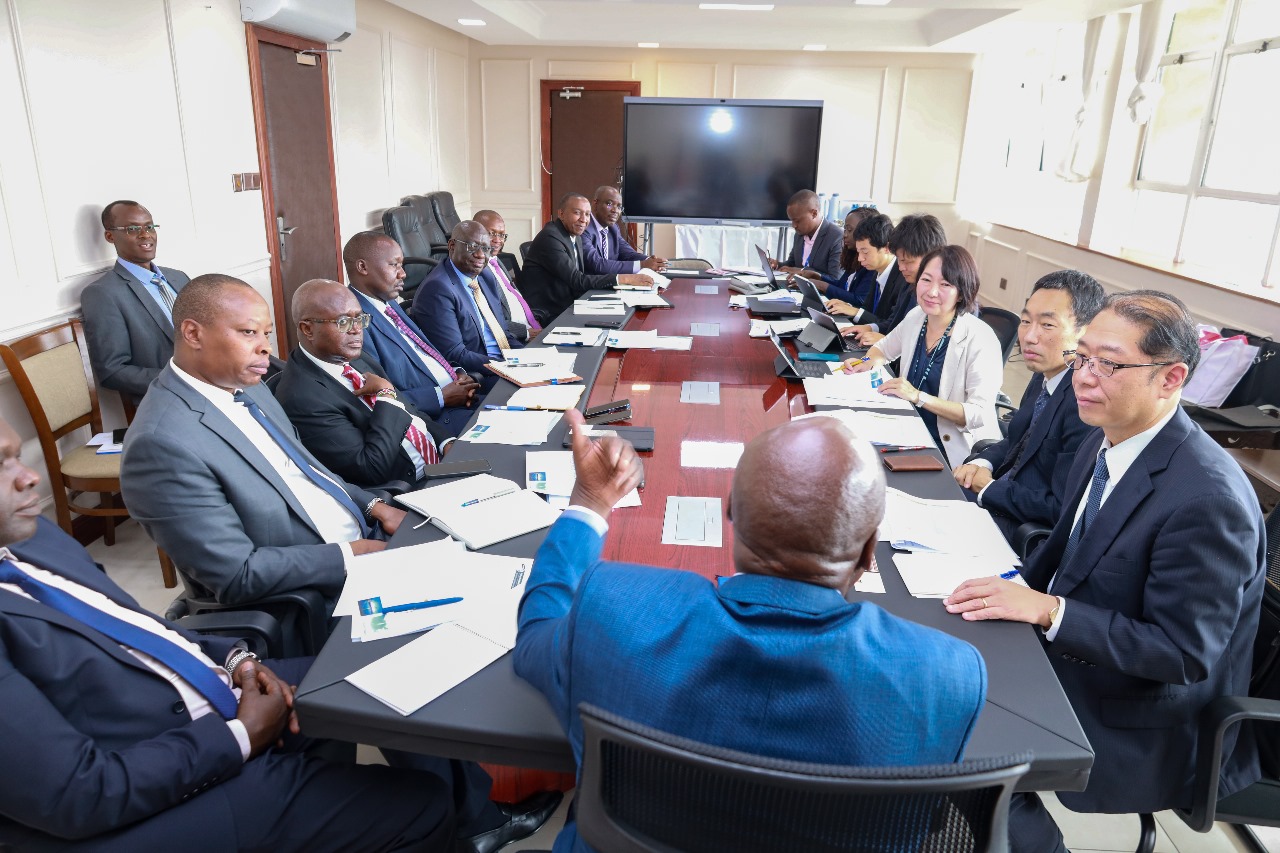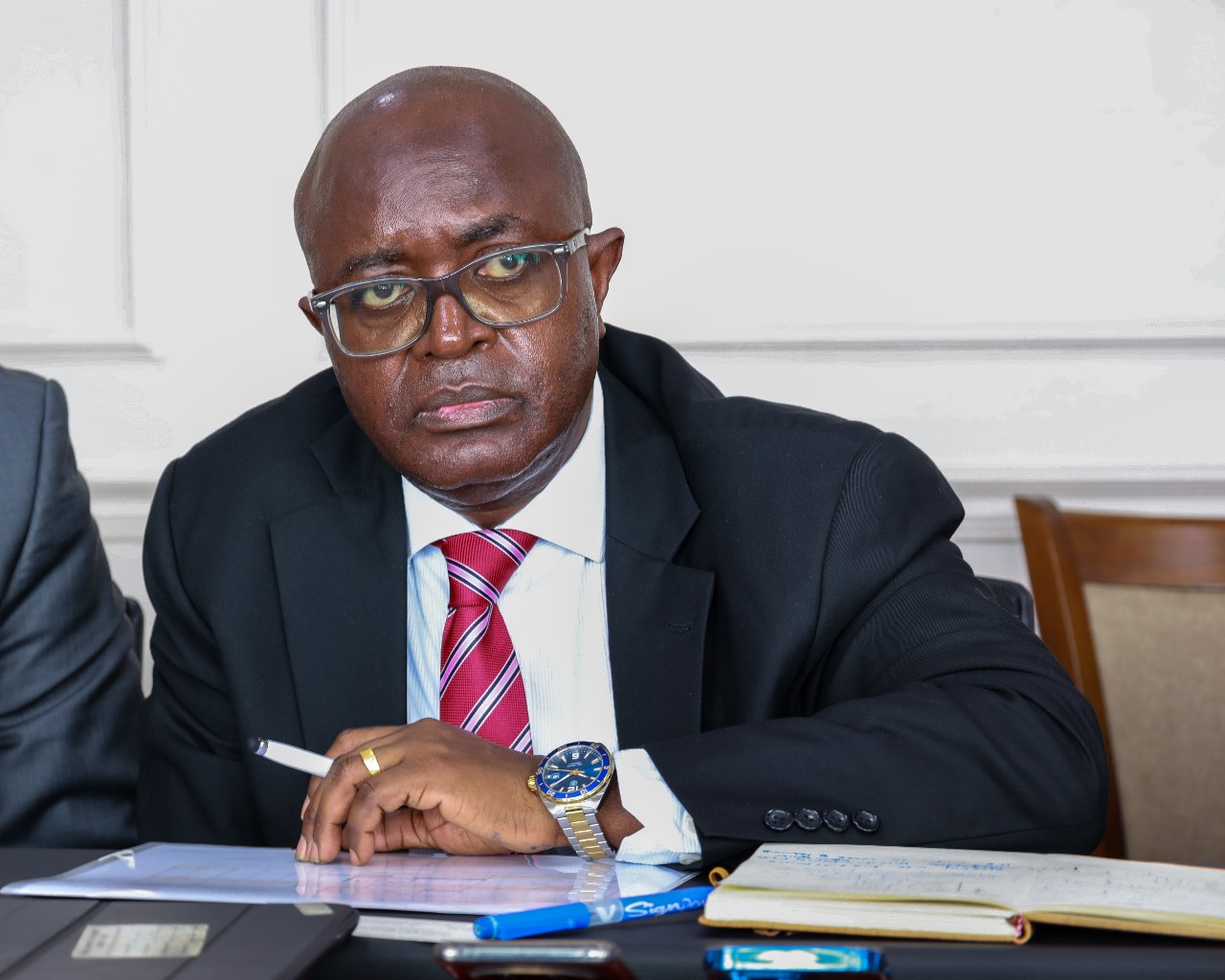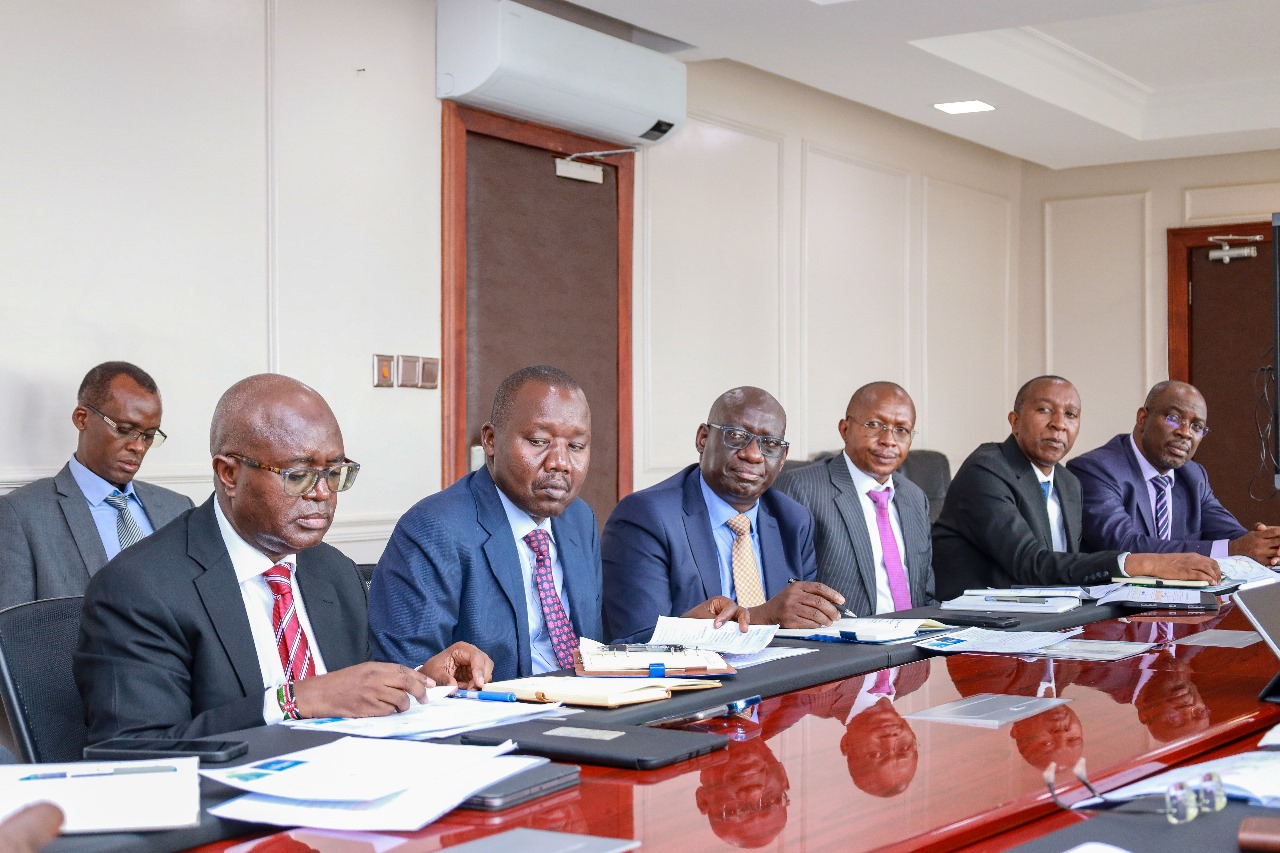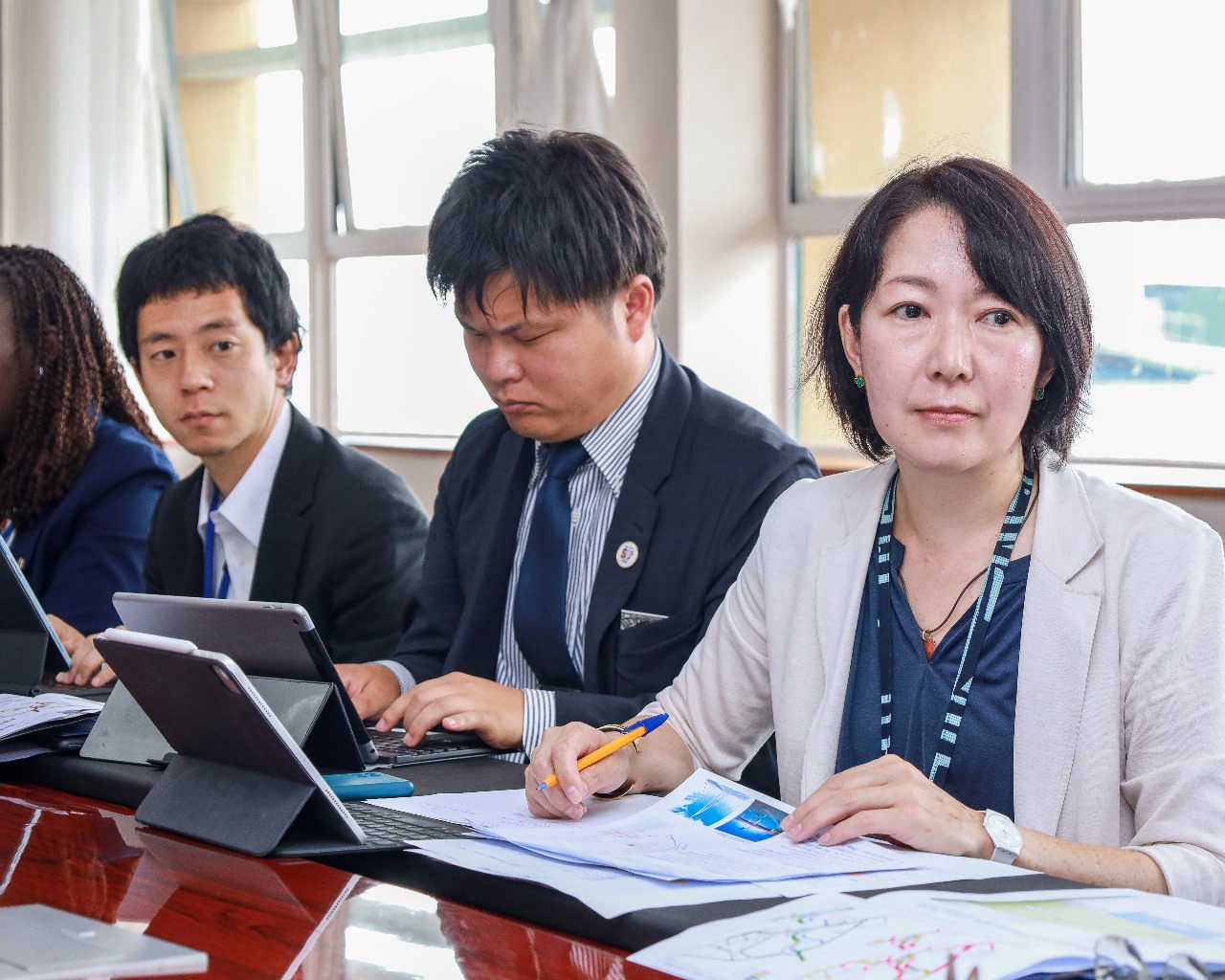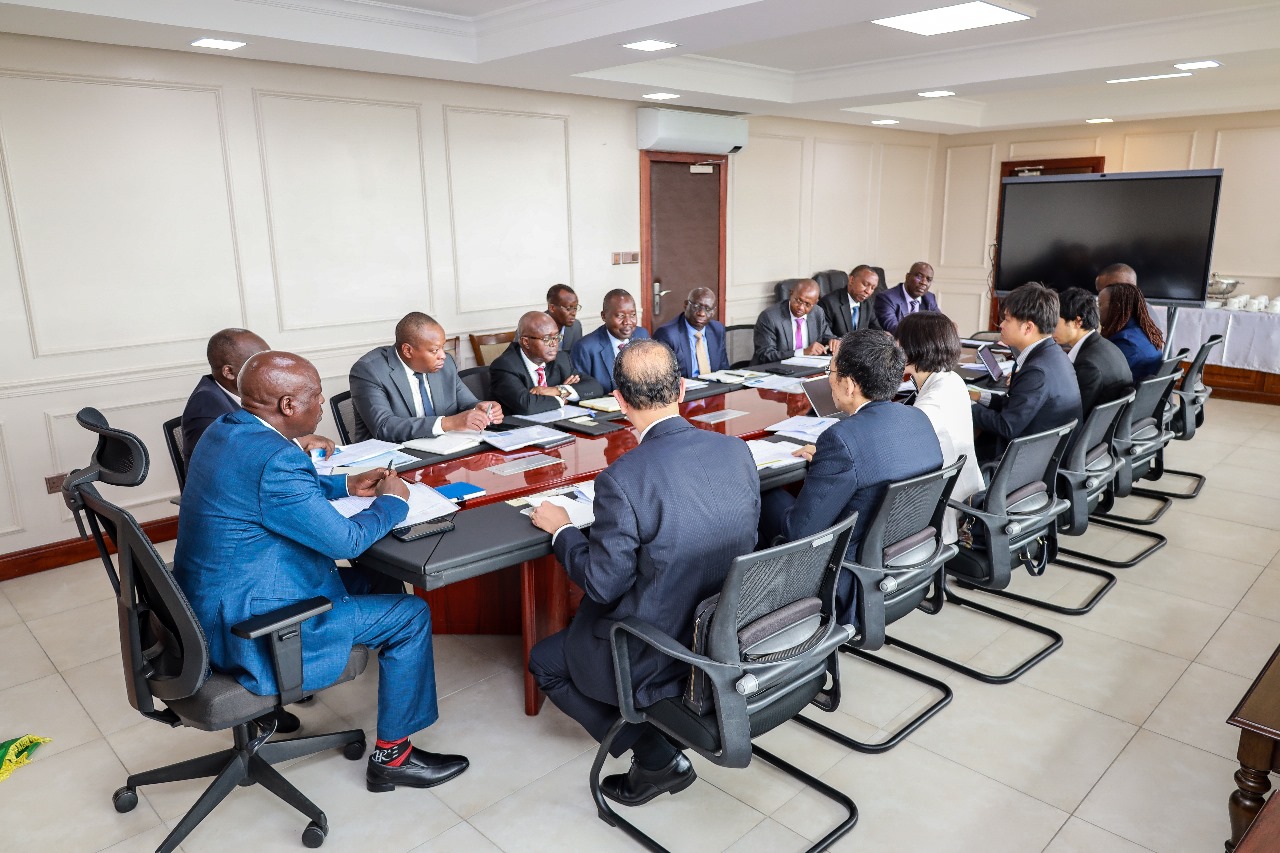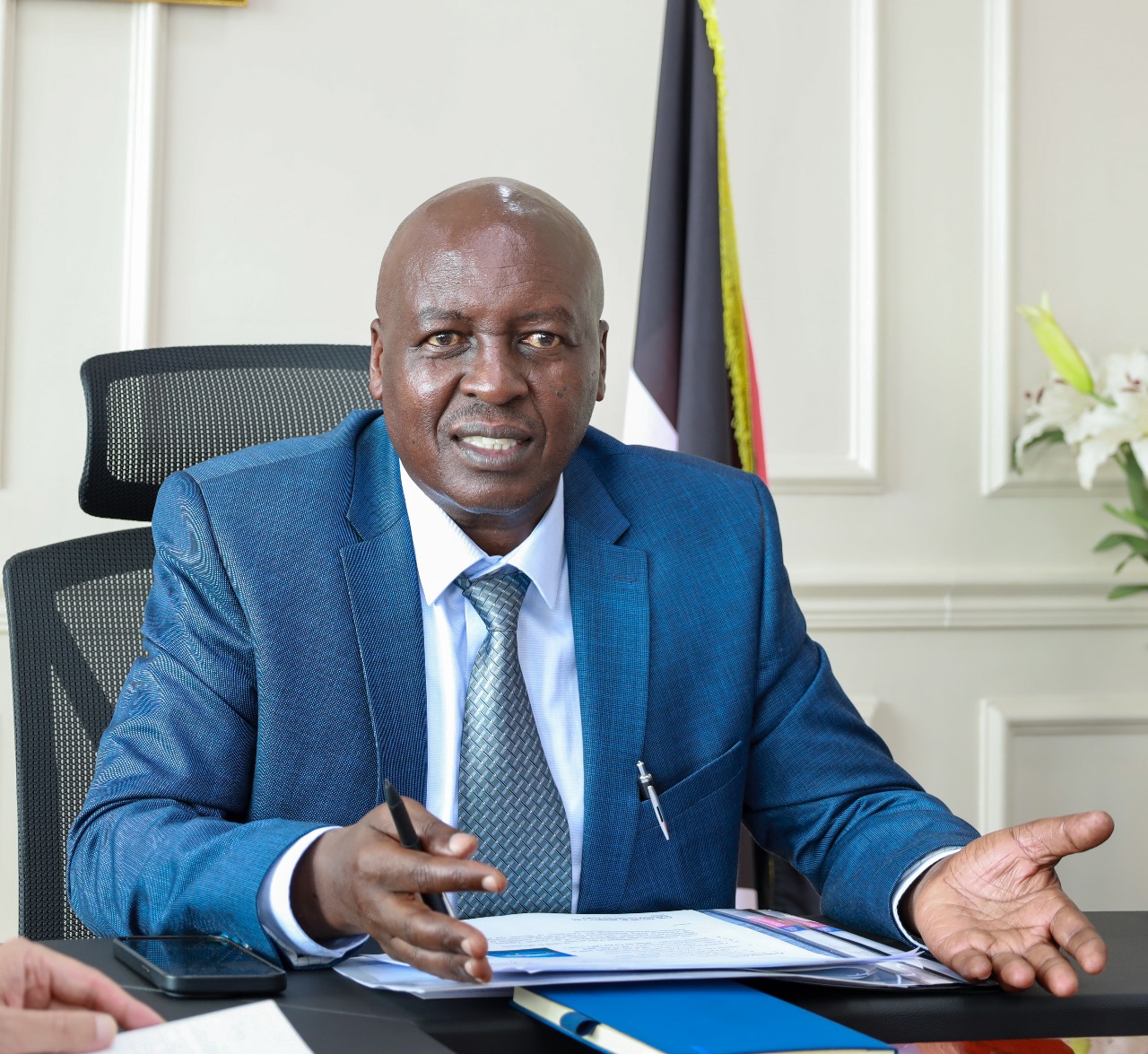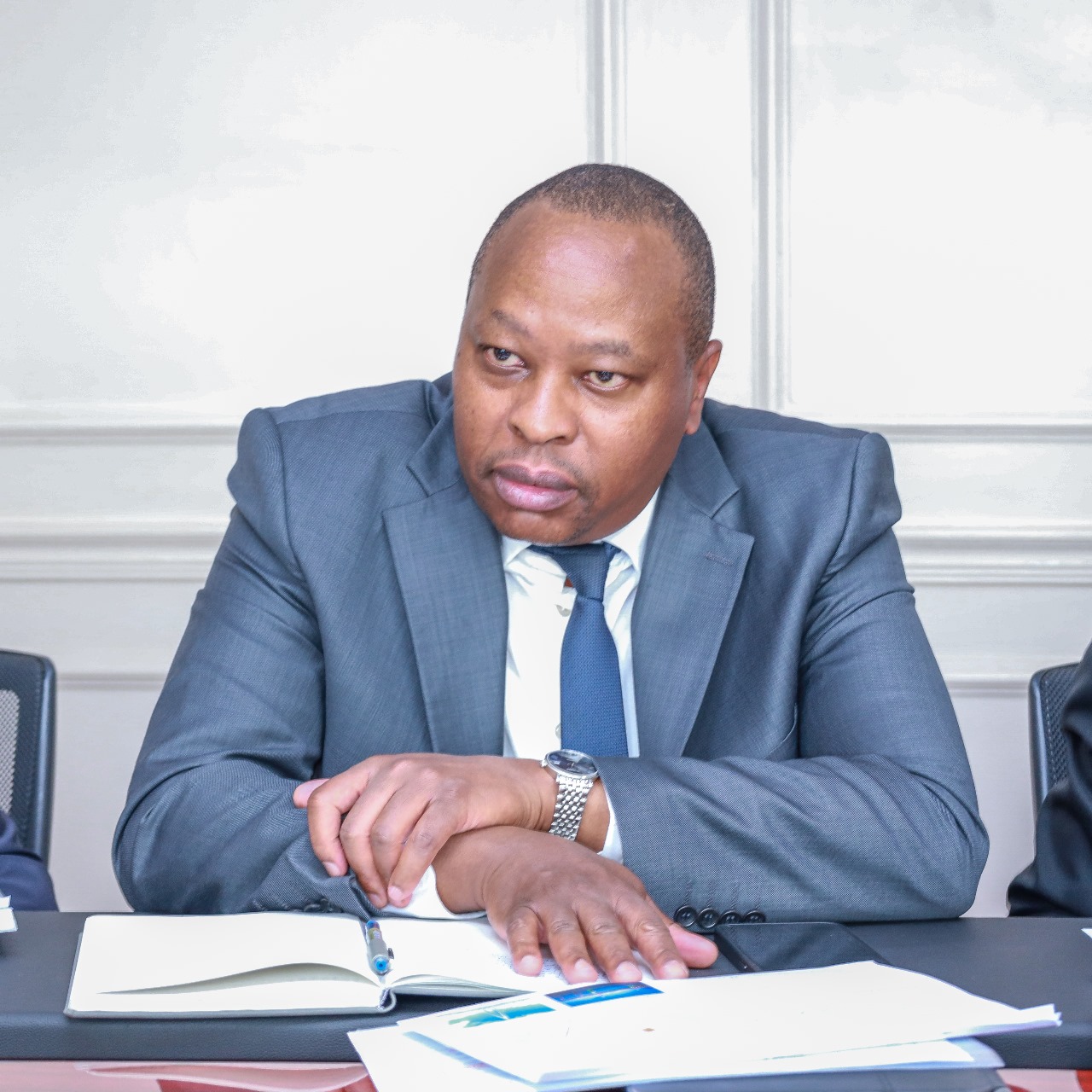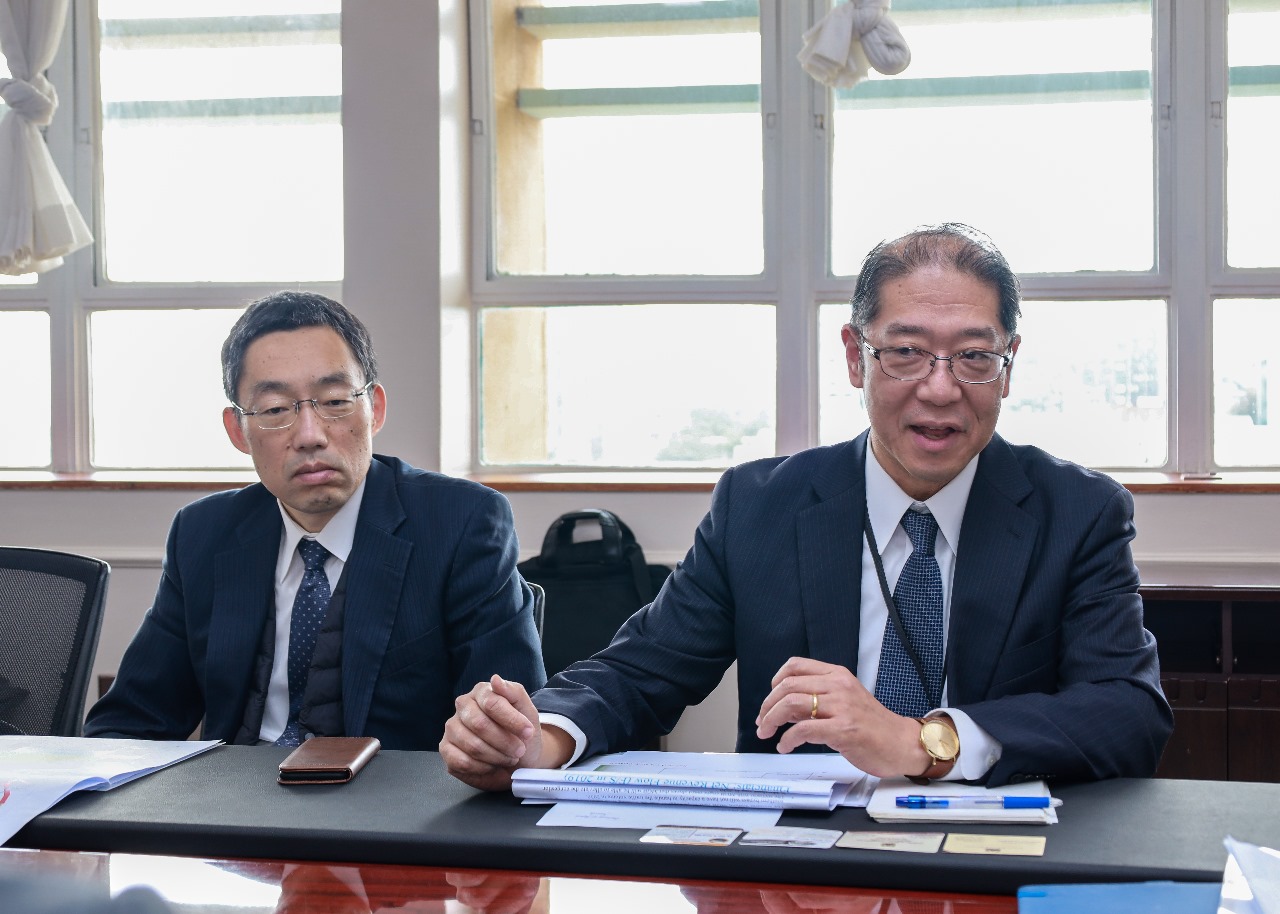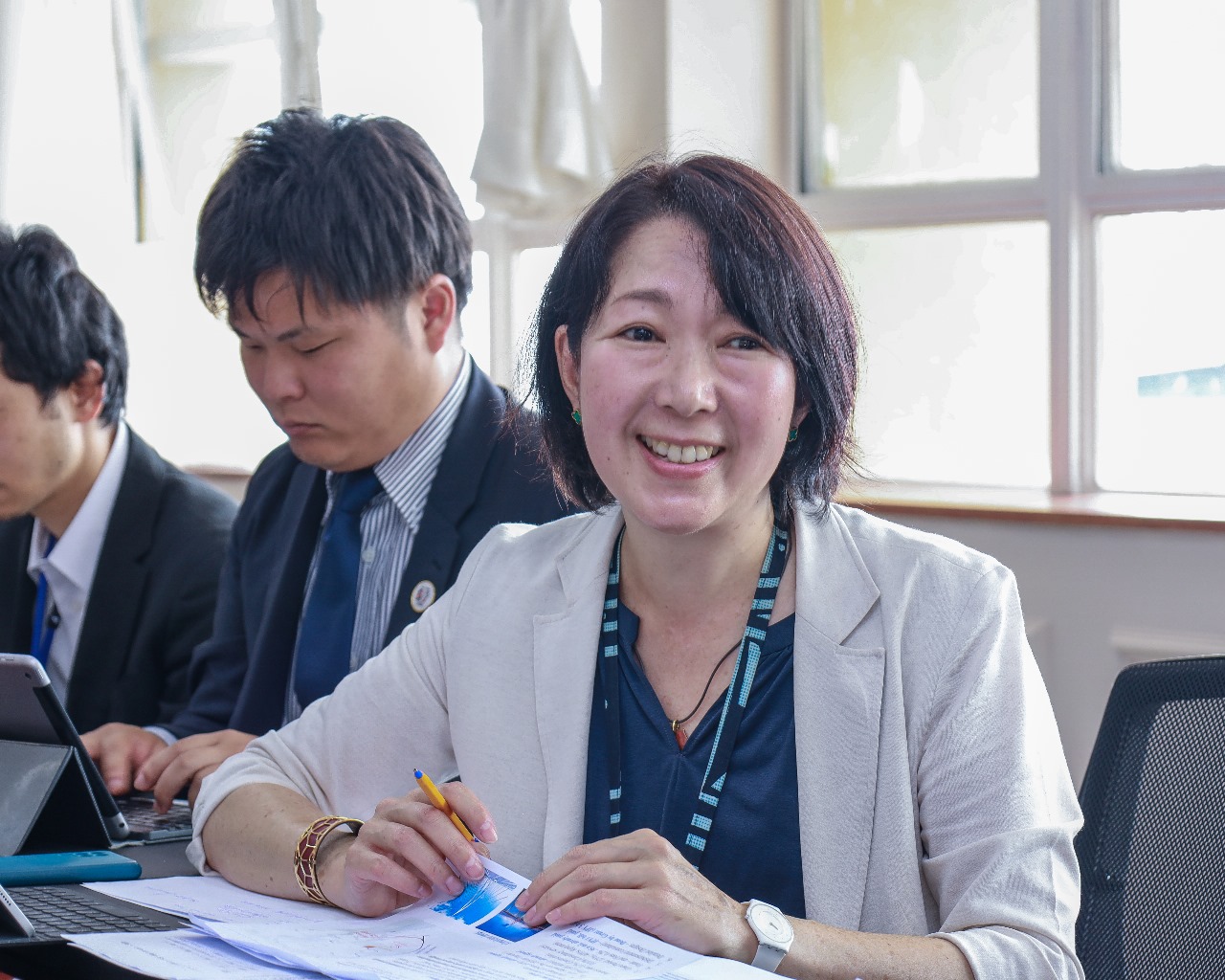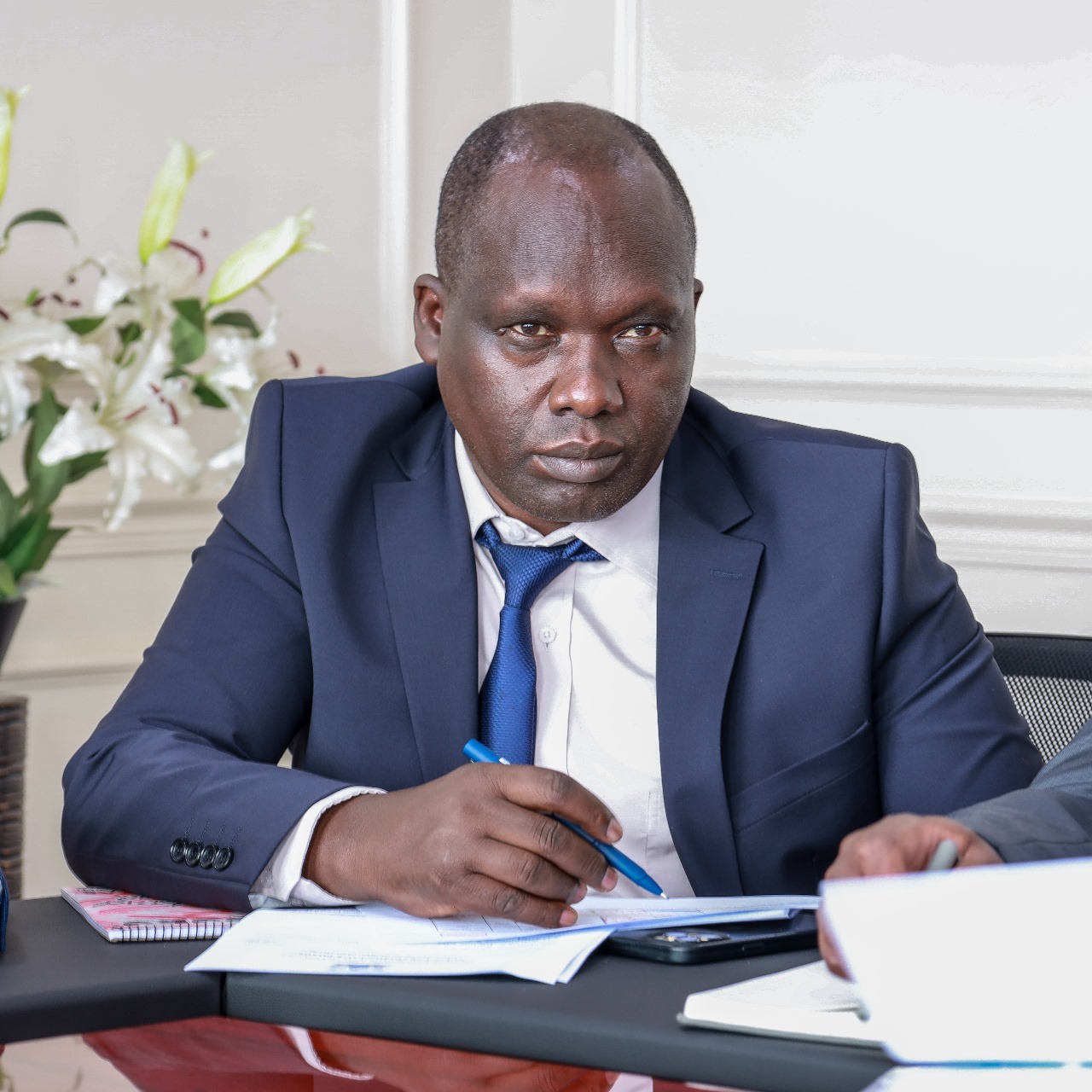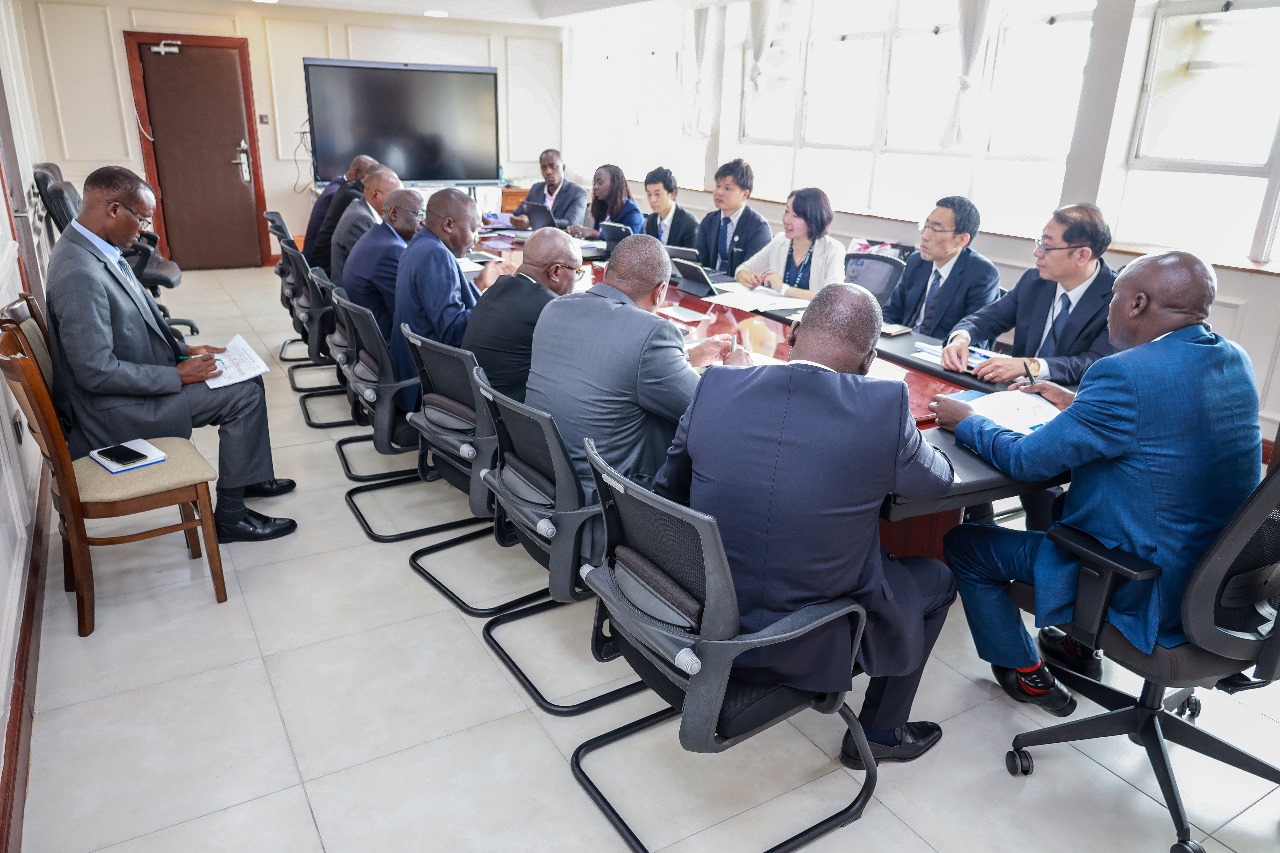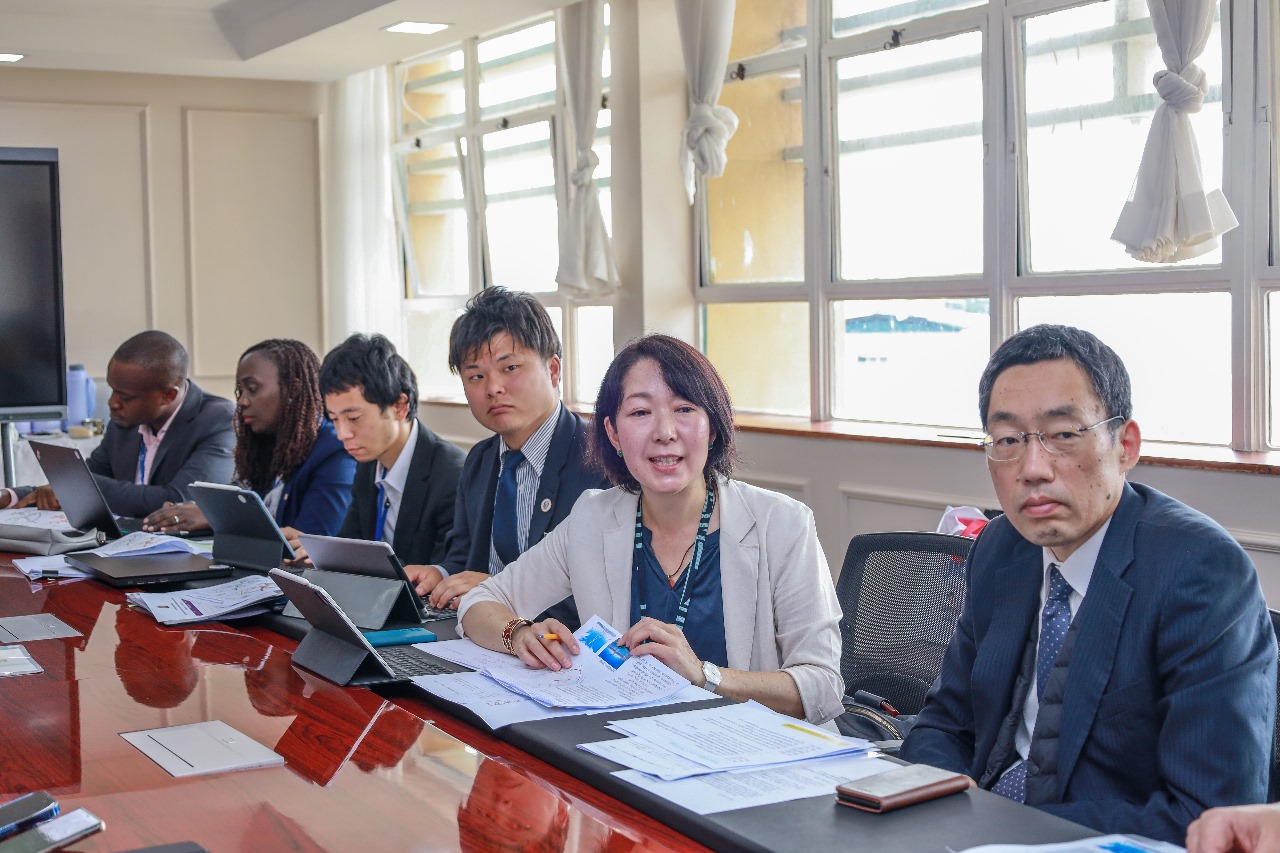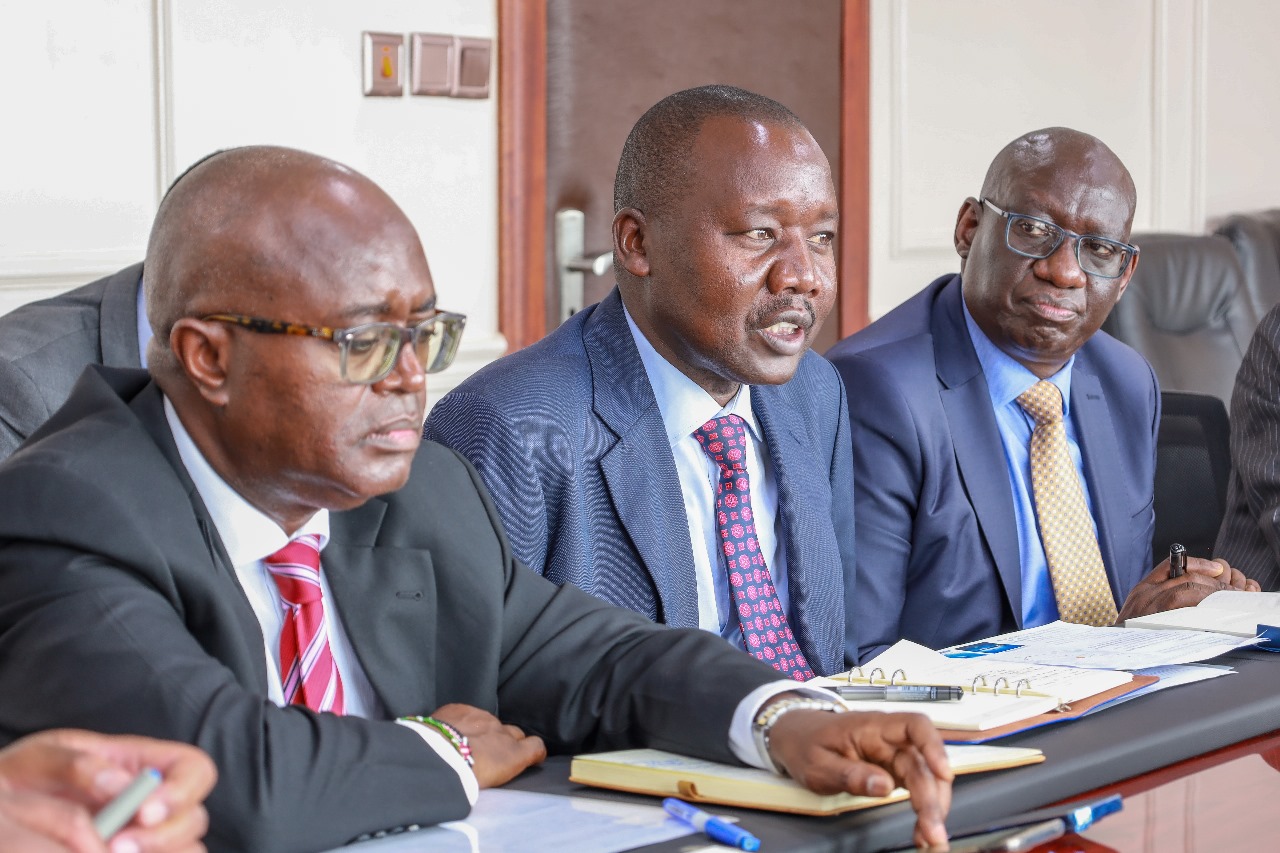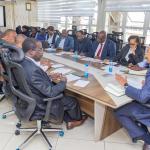Mombasa Gate Bridge
The Head of Mission in the Japanese Embassy in Kenya Mr. Hiroshi Ogihara today led a delegation concerned with the implementation of the Mombasa Gate Bridge to meet with the Principal Secretary for Roads Engineer Joseph Mbugua to discuss the project.
Accompanied by the Chief Representative of the Japanese International Cooperation Agency (JICA) in Kenya Mr. Shubane Makoer, the team discussed the progress of all preliminary preparations needed to facilitate the successful commencement of the project that will be funded by the Japanese Government.
The Government of Kenya (GoK), through the Kenya National Highway Authority (KeNHA) and with support from the Government of Japan through JICA, will develop the Mombasa Gate Bridge (MGB) Construction Project with the aim of providing a functional road connection between Mombasa Island and Mombasa Mainland South both separated by the Likoni Channel which is currently crossed through ferries operated by the Kenya Ports Authority.
The Government of Kenya through the National Treasury and the Japanese ambassador to Kenya, Ryoichi Horie, recently signed a loan agreement, paving the way for the construction of the bridge to begin with immediate effect, a welcome move for tourism players in the South Coast.
Construction of the 1.4 km link bridge (with a 660m span) is expected to take 36 months to complete. The cable-stayed/powered bridge will carry four traffic lanes and will be 69-Metre high at mid-point, leaving sufficient space for ships to cross underneath it.
The project is expected to improve transport and traffic flow to and from Mombasa significantly and will also complement the Dongo Kundu road bypass, which is almost complete and is expected to boost trade and tourism on the South Coast.
The new bridge is important as Mombasa is Kenya’s main port and improving the city’s traffic flow will help boost the country’s economy as a whole. With the new bridge in place, there will be environmental benefits also as the old causeway restricts the flow of water.
The Japanese team expressed optimism with the cooperation and were happy with the outcome of the recent Quality Infrastructure Conference and the bilateral talks that were recently held in Nairobi.
Eng. Mbugua, on his part, assured the team of the Ministry’s commitment to ensure that the project commenced immediately and pledged his support to ensure that it would be completed within the stipulated time and budget. He said the project would employ approximately 80,000 Kenyans during construction and generate income (approximately Kshs. 80 Million per year).
He said the bridge will be an iconic landmark and a tourist attraction because it will be the largest stayed cable bridge in sub-Saharan Africa.
Present was the Roads Secretary, Eng. Luka Kimeli, Chief Engineer, Roads, Eng. James Kungu, Director General for KeNHA, Eng. Kung’u Ndung’u, Director General for the Kenya Rural Roads Authority(KeRRA) Eng. Philemon Kandie, Director General for Kenya Urban Roads Authority (KURA) Eng. Silas Kinoti, and Deputy Chief Engineer for Roads Eng. Gilbert Arasa.

